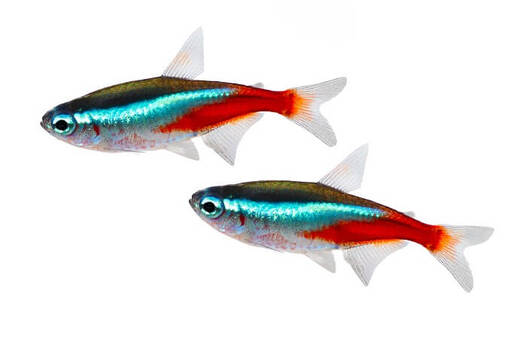Types of Swimmers

I’ve tried to be patient. I’ve tried to be fair. I’ve spoken positively of my local pool. I’ve tried not to make negative comparisons between it and Thana City’s multiple swimming areas – all bathed in a warm, balmy, sunny 35 degrees glow, edged in 5 star comfort sun loungers, with waiters and waitresses who know me by name serving me poolside delights. I can’t help but make some comments on different types of swimmers.
Similarly, I’ve not commented on the inevitable foot-print clad dirty floors of the local leisure centre, or minded its limited (non-existent) showering facilities. Instead, I’ve focused on the friendly welcoming staff – they’re brilliant – and the diverse populace who are able to access this facility at different times. I’ve not minded the ‘hour only’ slots where the final fifteen minutes is spent lapping the waves with 60 pairs of beady, six year olds’ eyes willing me to leave the pool early so that their fun lesson can begin.
I’ve tried, I really have, but I’m not finding swimming in the UK too much fun. Who is to blame? Well, it’s hard to say, but check what kind of swimmer you are and decide if it could be you.

Styles of Swimmers
The Walking Catfish tends to wiggle rather than swim. S/he can be found towards the steps side of the pool slowly moving the length of it whilst chatting to a fellow Walking Catfish. S/he is likely to leave the pool along with other Catfish and head for a cuppa and a slice of cake. The Walking Catfish is a friendly breed of swimmer, but can be problematic to other fish, when the social aspect of walking with friends means that several lanes of pool are taken up and unavailable for actual swimming. Walking Catfish often leave zero room for overtaking by other species, but because they are so nice tend to get away with this.

The Neon Tetra is a friendly fish, always quick with a smile and willing to share its lane with you. It clings to the centre lane and takes its time to travel the length of the pool. It rarely submerses its whole self into the water, preferring to keep its head above the surface so that it can welcome new fish to the water. It likes to squish up against other fish it is familiar with, sometimes without their consent. Outside of the pool it can be found chatting to the reception staff and is always quick with a joke. The Neon Tetra’s only fault is its tendency to hover on one spot, thus making it difficult for other species to touch the poolside edge.

The BristleNose Fish is the master of disguise and one of the most annoying fish in the pool. It is often quite ripped in appearance and approaches the water as if engaging in fast and furious activity is its sole purpose. Hogging the roped off lanes, whilst chatting to other Bristlenoses or poolside attendants, often of the opposite gender, is its actual purpose. One disdainful look from a BristleNose and other species, move out of the roped lane area pronto. Although the BristleNose may often feature on leisure centre promotional flyers and leaflets, looks can be deceiving and after claiming the prime swimming area, it tends to lounge at the peripheries of the lane, thus making it impossible for less high profile swimmers to use this space.

The Southern Cave Fish enters the pool with aplomb taking a headlong dive into the depths of the water, regardless of any activity occuring at surface level. With no sight, and minimum hearing the Southern Cave Fish is largely unaware of surrounding water users. It only senses their presence through the vibration of shoving up against them with wide flailing arm and legs. The Southern Cave Fish is often an older, very localised male fish who is unaware of any negative impact of claiming the majority of the pool as its own. In truth, the Southern Cave Fish is disliked by all. The BristleNose is disdainful of the Southern Cave’s less than perfect exterior, the Neon Tetra dislikes being separated from its ‘tribe’ and The Walking Catfish is frequently irritated from having the ground taken from beneath its feet as the Southern Cave dives in.

Sea Urchins emit a predatory and spikey aura that makes other fish wary of engaging with them. They often swim alongside the roped area, in an attempt to avoid the Neon Tetra Tribe and as an act of passive aggression towards the Bristlenose, whom they resent for lounging in the prime swimming spots. Most Sea Urchins swim fairly slowly, alternating freestyle and breast stroke, without ever getting their hair wet. but regularly meeting their daily exercise target. Sea Urchins are known for their longevity and secretly aspire to show Bristlenoses how it’s done.
I think I probably fit the Sea Urchin type, though I do get my hair wet when I swim. That’s another thing, why do UK swimming pools dry out my hair so much? Actually, perhaps I’m a new breed of swimmer completely, deserving of the Grumpyoldfart tag!
If you too occasionally find yourself out of sorts and would like to read more of my blog posts, why not subscribe to it.